British backpackers are off the hook when it comes to having to do 88-days of…
New ag visa to fill the backpacker void
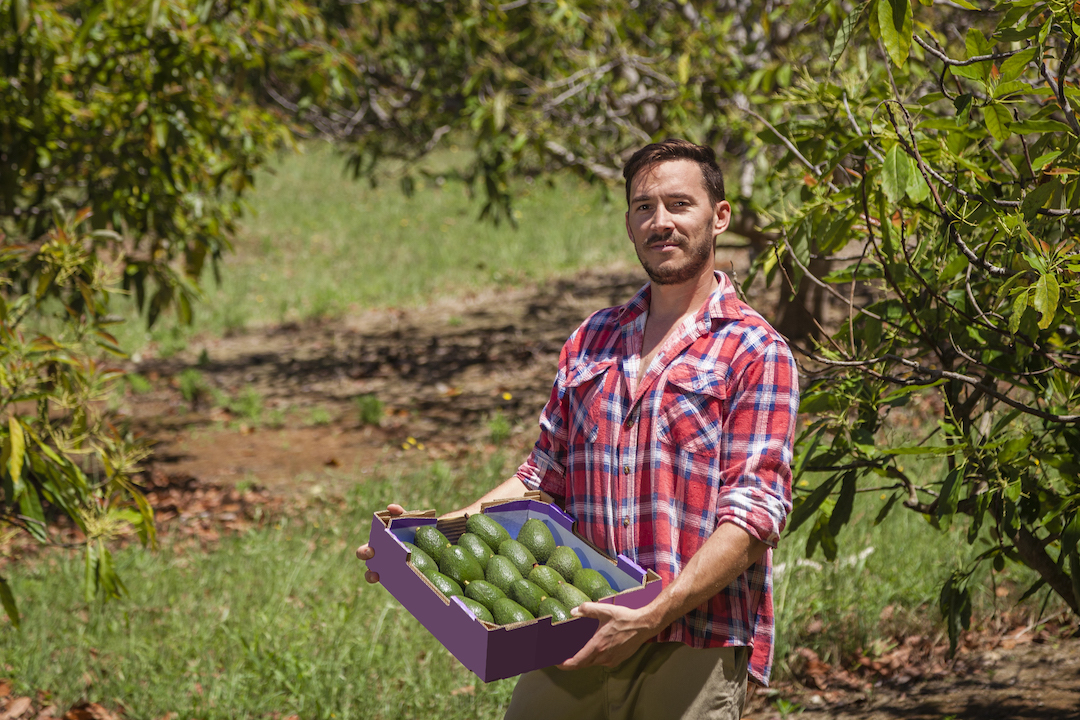
In May, Stephen Howes, a professor of economics at the Australian National University, told The Farmer Canberra would not bring in a dedicated agricultural visa � no matter how bad the farm labour shortage problem got.
�If an agricultural scheme is introduced, all the farm jobs in Australia currently available to Pacific Islanders will be taken by workers from Asia. And that is not a price I think Canberra is willing to pay,� Mr Howes said at the time.
But only one month later, the Federal Government announced a new agricultural visa (ag visa) will be offered to workers from the 10 Association of Southeast Asian Nations (ASEAN) countries � Indonesia, Myanmar, Vietnam, Singapore, the Philippines, Malaysia, Thailand, Laos, Brunei and Cambodia � before the end of the year.
Federal Agriculture Minister David Littleproud says the number of workers from ASEAN countries entering Australia on the new visa would �be driven by the industry,� and that the Pacific Labour Scheme would be reviewed to reduce its regulatory burden and make it more responsive.
The ag visa is a concession after the scrapping of a condition for the working holiday visas granted to the 10,000 British backpackers who normally visit Australia every year that previously forced them to work for at least 88 days on a farm. This change was part of a landmark new Free Trade Agreement with the UK that will eventually give Australian farmers and food manufacturers tariff-free and quota-free access to the British market. (Read more on pages 82-85.)
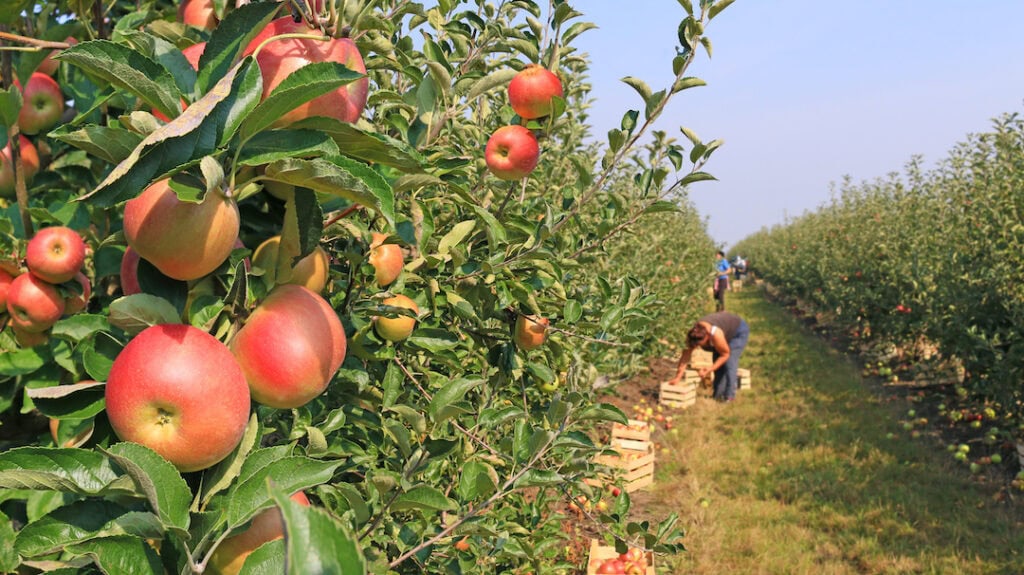
NSW Farmers has long advocated for an ag visa and the pandemic-induced travel restrictions has intensified the need for long-term solutions to address farm labour shortages, but is this ASEAN proposal from Minister Littleproud the answer?
Guy Gaeta, a cherry and apple farmer near Orange who, as NSW Farmers Horticultural Committee chair, has been lobbying the Federal Government for an ag visa for three and a half years, is over the moon.
�It�s a godsend. Last year we just managed to get through our harvest but now we�re coming into harvest in September and we need people again � the whole industry needs people starting at the summer for six months. If farmers don�t get help quickly, we are going to start seeing shortages of foods like strawberries.�
�We don�t know all the finer details yet, like when it will start, who pays for quarantine � but I would gladly pay for the quarantine of 20 agricultural visa holders right now.�
Guy Gaeta, Farmer in Orange, NSW
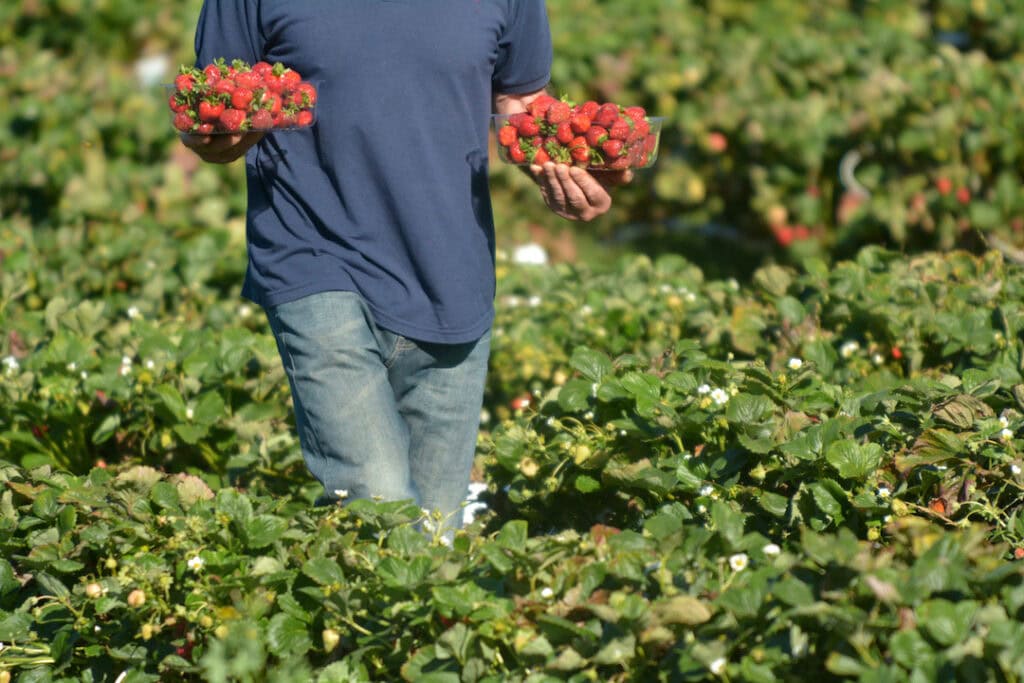
Tyson Cattle at AUSVEG, the peak body for vegetable growers, voiced similar sentiments.
�The horticulture industry has been calling for a dedicated and productive workforce to harvest and package fruit and vegetables for many years, so this announcement is great news for the sector.
“But what we need now is timely action to get this visa class up and running, so that we can start bringing in workers as soon as possible when borders open up and international workers can enter the country.�
Tyson Cattle, National Manager � Public Affairs, AUSVEG
The National Farmers� Federation Horticulture Council says it is welcome news that has been a long time coming.
�But we�ll be forgiven for being a little cynical, having heard similar announcements and supportive words stretching back to 2018,� says Horticulture Council Chair, Fiona Simson.
�What matters now is that industry and government work collaboratively to design a scheme that will deliver genuine and effective relief to farmers.
�It needs to be flexible and portable � keeping red tape to a minimum and letting workers move between jobs with ease.�
Not all farmers see the ag visa as the solution to their workforce issues. Grain growers say that while it may assist other sectors, on face value, this will not support their labour needs in relation to skill requirements or timeliness.
�We are aware the horticulture sector has been called for a dedicated ag visa for a number of years so this is a potential win for them. But the countries that are proposed to make up the scheme, are unlikely to deliver the workers with the expertise and experience to operate heavy farm machinery that we need for key grain operations including sowing and harvest,� says NSW Farmers Grains Committee Chair Matthew Madden.
�The timelines for the visa are also outside the immediate need, with the ag visa not setto be finalised until the end of the year, but harvest in NSW will commence in mid-late spring�.
�The grains sector has relied heavily on a steady flow of experienced and skilled overseas workers from other key grain production countries such as north America, Europe and the UK, with many entering on the Working Holiday Maker Visa. So until we see a restart to that, or unless the ag visa is extended to these regions and quickly, the 2021 grain harvest will be highly problematic with on-farm losses a real possibility,� said Mr Madden.
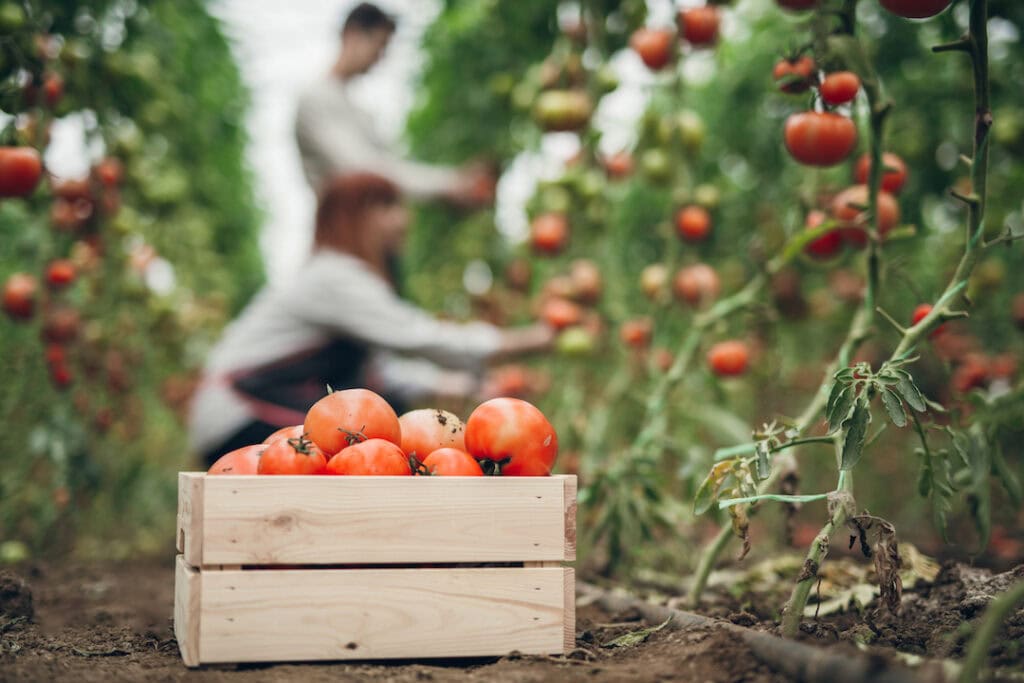
Opening the floodgates?
Despite the threat posed to food security by the labour shortage, some academics and lobbyists remain dead against an ag visa, starting with Stephen.
�Once you open the scheme to those larger economies, employers are going to flock there rather than to the Pacific,� he says.
But Yahya Datuk Alexander, head of international relations at the influential Indonesian Chamber of Commerce and Industry, told The Farmer talk of masses of Indonesian workers flocking to Australia was over the top: �some Indonesians will apply. But floodgates opening? I don�t think so�.
Headline grabbing claims by Unions NSW that some harvest workers only earn around $10 per day could also stem an influx of workers from ASEAN countries.
Back in Orange, Guy Gaeta says wage theft occurs in many different industries and agriculture is not immune to a few bad apples who do the wrong thing.
�I speak to farmers around the state every day, and I cannot find a single one who can pay workers $1.25 and convince them to stick around,� he says.
�If anyone can find a farmer doing that, they should be prosecuted. But that never happens, because instead of complaining to authorities, complaints are made to the unions and the media.�
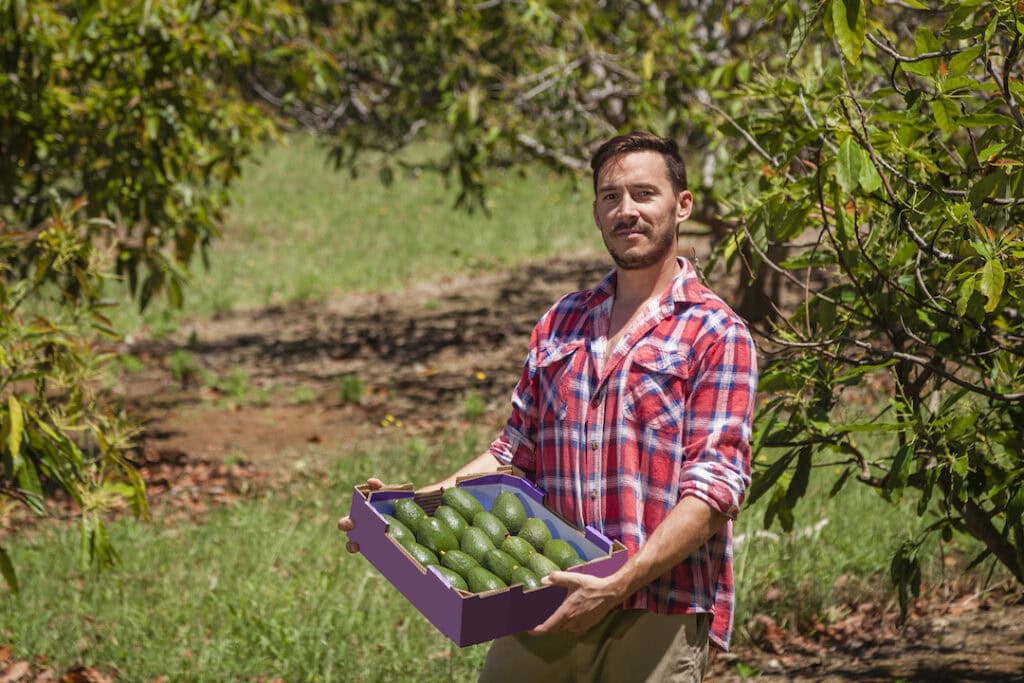
More so, Guy says, it just doesn�t make financial sense for farmers facing the worst labour shortage in living memory to underpay the few workers they�re lucky enough to find.
�I want my workers to finish the harvest and come back to Orange next year and work for me again,� he says.
�That�s why this new visa makes so much sense. It�ll make it easy for people who want to come to Australia to stay for nine months, then they have to go home for three months before coming back. And it�ll only be available for people who want to work in agriculture.
�The large majority of farmers do the right thing. They want workers to enjoy their job and value their collaborative efforts in putting food on shelves.�
In April this year, The Weekly Times reported that the Fair Work Ombudsman handled an average of 165 disputes about the horticulture industry each year � out of more than 26,900 completed matters. This equates to less than one per cent of all disputes.
Guy says this statistic, which was confirmed to The Farmer by a Fair Work Ombudsman spokesperson, shows the criticism the sector receives is unjust.


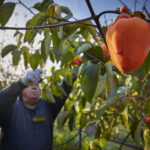

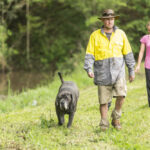
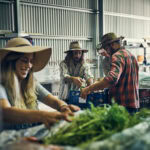

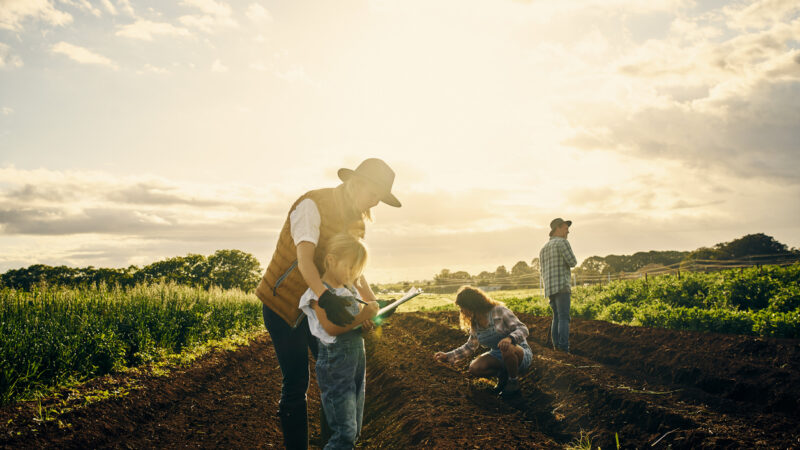

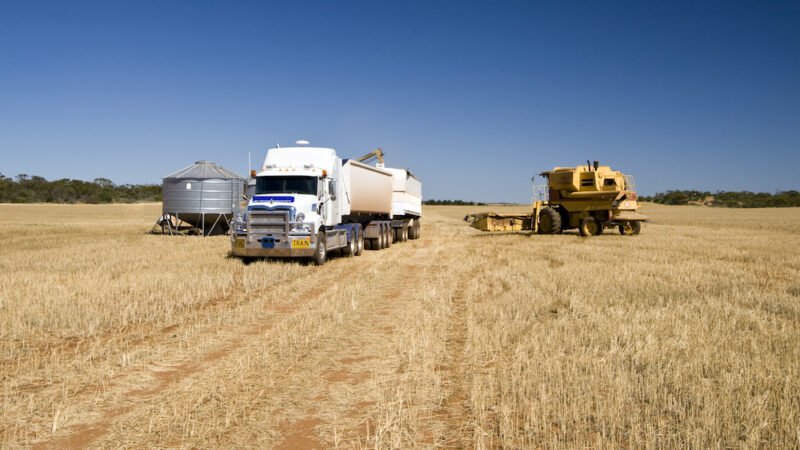
The most important about the scheme is how get into Australia and work under the scheme.
So how to apply to come as such?